About products and suppliers
Tăng cường sự an toàn cho bạn khi đi xe vào ban đêm hoặc trong những khu vực tối với chất lượng. đèn xe đạp jingyi từ Alibaba.com. Những cái này. đèn xe đạp jingyi đến từ các thương hiệu đáng tin cậy sử dụng công nghệ và thiết kế hiện đại để tạo ra các sản phẩm tối đa hóa sự an toàn của người dùng. Những vật dụng này là tài sản vô giá đối với bất kỳ người đi xe đạp nào và là vật dụng cần thiết khi đạp xe đêm khuya. Những cái này. đèn xe đạp jingyi có sẵn trong các phiên bản được gắn vào mặt trước cũng như mặt sau.
đèn xe đạp jingyi trên Alibaba.com có các quyền hạn khác nhau, cho biết khoảng cách mà chúng có thể được nhìn thấy. Khoảng cách cao hơn sẽ thích hợp hơn cho đèn trước. Những cái này. đèn xe đạp jingyi có sẵn ở các biến thể ổn định cũng như nhấp nháy tùy thuộc vào mục đích là để soi đường cho người đi xe đạp hay để người lái xe phía sau nhìn thấy người đi xe đạp. Các. đèn xe đạp jingyi trên trang web được sản xuất bằng vật liệu chất lượng cao và đảm bảo có độ bền cao.
Các. đèn xe đạp jingyi được cung cấp trên trang web rất dễ bảo trì và sạch sẽ. Với độ sáng cao, chúng cải thiện đáng kể khả năng hiển thị và làm cho việc đạp xe an toàn hơn cho tất cả mọi người. Những cái này. đèn xe đạp jingyi có nhiều màu khác nhau và một số cũng được cung cấp ở các biến thể màu kép. Các. đèn xe đạp jingyi cài đặt rất đơn giản và có thể được đính kèm và gỡ bỏ mà không cần đào tạo đặc biệt. Những vật dụng này có thể dễ dàng được sạc lại bằng điện thông qua cáp USB.
Duyệt qua mảng của. đèn xe đạp jingyi trên Alibaba.com và chọn những từ khóa phù hợp nhất. Đây là những điều tuyệt vời cho. Các nhà cung cấp đèn xe đạp jingyi đang tìm cách dự trữ các mặt hàng chất lượng cao với mức giá hấp dẫn. Chọn những điều này để chấm dứt mọi lo lắng về an toàn của bạn khi đạp xe.

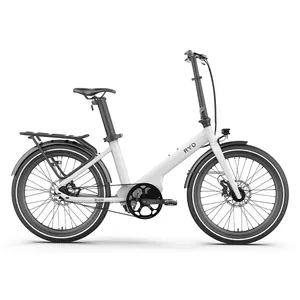

















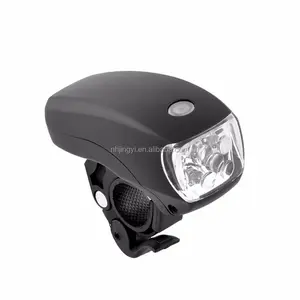


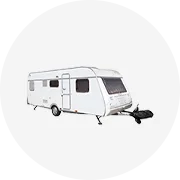


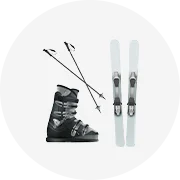


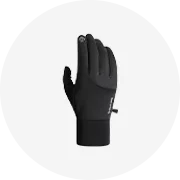






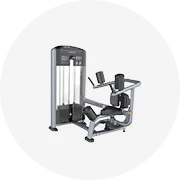









 浙公网安备 33010002000092号
浙公网安备 33010002000092号 浙B2-20120091-4
浙B2-20120091-4